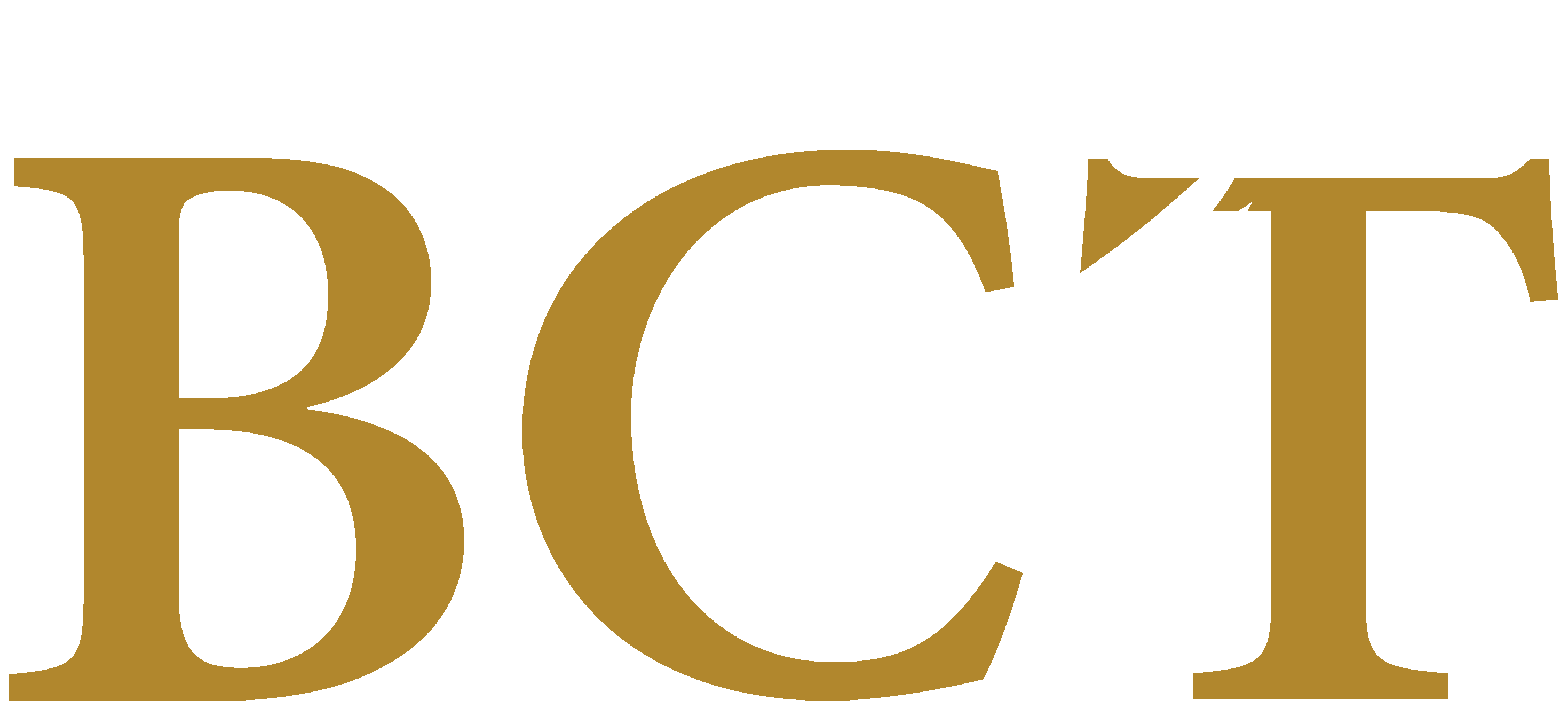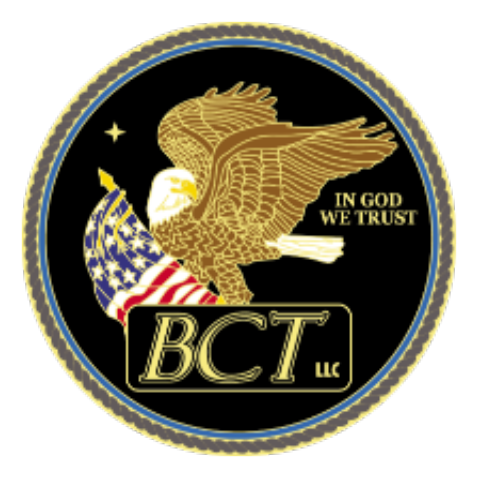Cloud Security
The user is responsible for the protection of their own information and must take action to protect their information and applicationsin a cloud environment.
Cloud vs Conventional IT

A definition and contrast of cloud and conventional IT environments and functions include:
| Cloud Environment | Conventional IT Environment |
|---|---|
| Hardware: Infrastructure as a Service (IaaS) | Hardware: Physical Servers, computers, data centers, switches, hubs and routers, and other equipment. Network enablement, internet connectivity, firewall and security |
| Software: Software as a Service (SaaS) | Software: Enterprise resource planning (ERP), customer relationship management (CRM), productivity applications and many more |
| Services: Provided by Cloud Provider | Services: Employees providing system and network administration, provisioning, managing, operating, and maintaining owned IT infrastructure |
| Differences and Contrasts | |
|---|---|
| Cloud Environment | Conventional IT Environment |
| Information and software hosted in the cloud are distributed across all the servers, which are interconnected. The loss of a physical server does not result in lost data or downtime. The cloud can offer almost unlimited storage and server resources. Additionally, servers offer better computing power leading to faster performance of software and applications. | Traditional IT systems are not as resilient and cannot guarantee a consistently high level of server performance. They have limited capacity and are susceptible to downtime, which can greatly hinder workplace productivity |
| Cloud hosting infrastructure takes care of all the necessary hardware, provides trained IT personnel, and ensures security measures are in place, and keeps it running smoothly. | Traditional IT requires administration by fully trained IT personnel in-house to ensure regular monitoring and maintenance of your server upgrades, configuration problems, threat protection and installations. |
| Cloud hosting offers an enhanced level of flexibility and scalability. Cloud servers can scale, and you can install software to match business growth. | Traditional IT infrastructure allows you to use only the resources that are already available. If you need additional storage, hire additional personnel, acquire new software, you will need to purchase the servers, pay for software licenses, and manually upload and administrate the increased IT hardware and software. |
| Cloud computing provides external, second party data storage and software delivery, which can seem less secure than traditional IT. Without excellent security practices in place, anyone with an internet connection and access to the server can view, steal, tamper with, or use the stored data and applications in the cloud. Of course, this is also true of traditional IT and why the customer continues to be responsible for the security of his data and applications. That is also why choosing a trusted, completely transparent cloud service provider who considers you a partner to ensure optimum security measures, is crucial when transitioning to the cloud. | With traditional IT infrastructure, you are responsible for the protection of your data. It is easier to ensure that only approved personnel access stored applications and data, and local networks connected directly to your data centers are managed by in-house IT personnel 24/7. The down side is that a significant amount of time and money is needed to ensure that excellent security strategies are implemented, maintained, and that data recovery systems are in continuous operation. |







